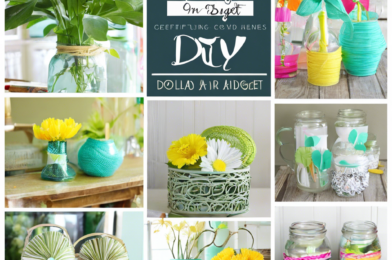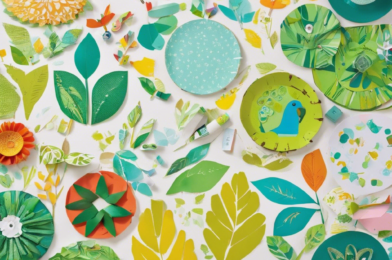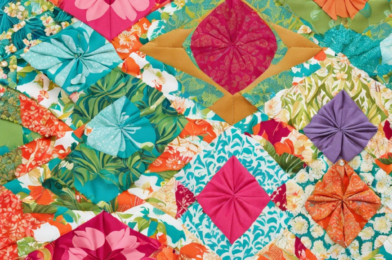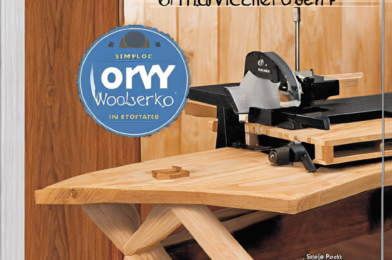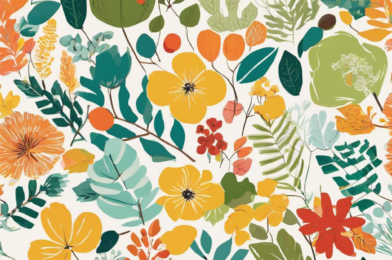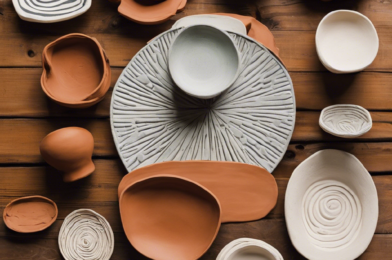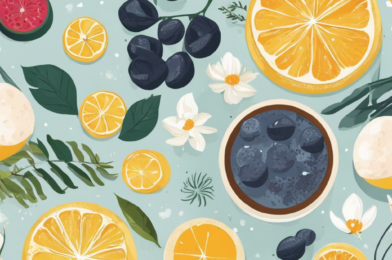Planning a party and looking to add a personal touch? DIY party decorations are a fun and creative way to make your celebration unique and memorable. With a few simple tips and tricks, you can easily craft stunning decor that will impress your guests and make your party one-of-a-kind.
When it comes to DIY party decorations, the possibilities are endless. Whether you’re hosting a birthday bash, a holiday gathering, or a festive soiree, there are countless ideas to explore. One of the simplest ways to add a DIY touch to your party is by creating personalized bunting or garlands. All you need is some colorful paper or fabric, string, and a little creativity. Cut out your desired shapes – whether triangles, flags, or fun motifs – and string them together to form a festive bunting that can be hung across walls, above tables, or even outdoors. Garlands made from tissue paper pom-poms or origami creations are also a charming and cost-effective way to decorate.
Another easy DIY decoration idea is to create centerpieces for your tables. This could be as simple as arranging flowers or greenery from your garden into Mason jars or recycled bottles. For a more personalized touch, add candles, fairy lights, or even small keepsakes that reflect your party theme. If you’re feeling crafty, try making your own table runners or place mats using fabrics that complement your color scheme. It’s a great way to add texture and visual interest to your tablescape.
The fun part about DIY decorations is that you can customize every detail, from the invitations to the favors. For instance, create personalized party invitations by using online design tools or your own craft supplies. This way, you can set the tone for your celebration and give guests a glimpse of what to expect. And when it comes to party favors, get creative by making your own treats or small gifts that align with your party theme.
Don’t be afraid to think outside the box and incorporate unique elements into your decor. For a whimsical touch, hang paper lanterns or string lights from the ceiling, or create a fun backdrop for photos using streamers and balloons. If you’re feeling adventurous, try making a piñata or a life-size cutout for guests to pose with. These interactive decorations will not only impress your guests but also create lasting memories.
Involving your friends and family in the process of making DIY party decorations can also be a fun bonding experience. Host a craft night and enlist the help of your loved ones to assemble favors, create signage, or put the final touches on your decor. Not only will this lighten your workload, but it will also create a sense of community and make your party even more special.
When it comes to DIY-ing your party decorations, the key is to start early, plan ahead, and get creative. Draw inspiration from online resources, craft stores, or even nature to create decorations that reflect your unique style and theme. Remember, it’s the little details that make a big impact, so have fun and don’t be afraid to experiment. With a bit of effort and imagination, your party is sure to be a memorable and unique celebration.
So, there you have it! A few simple ideas to get you started on crafting your own party decorations. Whether you’re hosting a birthday bash or a festive gathering, DIY decorations add a personalized touch that will leave a lasting impression on your guests. Happy planning, and most importantly, happy crafting!

